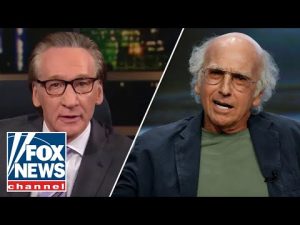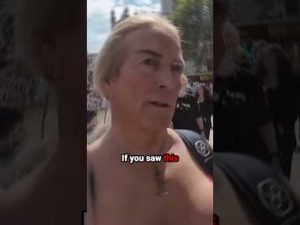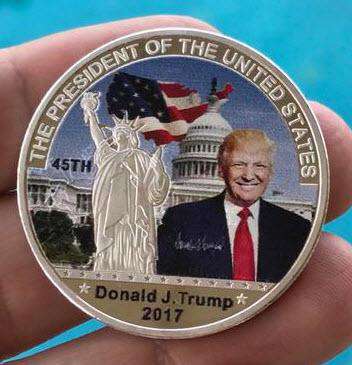For more than six decades, certain files relating to monumental moments in American history have been locked away in government vaults, gathering dust and intrigue. The tragic assassinations of President John F. Kennedy in 1963, his brother Robert F. Kennedy in 1968, and renowned civil rights leader Martin Luther King Jr. have ushered in discussions about transparency and what the government doesn’t want the public to know. Recently, former National Security Council chief of staff Fred Fleitz shared his insights on this curious case, illuminating why the classification of documents might not only be baffling but also a cause for concern.
First and foremost, many wonder what could possibly remain classified after 63 years. JFK’s assassination, a pivotal moment in American history, was not merely a tragic incident but a vibrant fuse for conspiracy theories that still spark debate today. With Lee Harvey Oswald’s dubious history of pro-Cuban affiliations and an alleged connection to CIA operations to consider, many are raising eyebrows. While historians and enthusiasts alike spin their own theories, the fact that these documents remain sealed produces an uncomfortable tension between governmental secrecy and public knowledge. The question remains: what are they hiding, and why now?
According to Fleitz, it is vital to dissect the real reasons behind this prolonged silence. He argues that if the individuals involved in those historic events are long gone, it raises an eyebrow to keep these details under lock and key. The rationale behind the secrecy often circles back to “embarrassment.” However, it is essential to distinguish between genuine national security concerns and mere embarrassment. After all, how many people still hold grudges against a ghost? If the core of these documents is related to a government that no longer exists, one must wonder who exactly benefits from this ongoing shroud of secrecy.
One can’t help but think that this drives a larger agenda — one of overclassification. In this modern era, it seems as if U.S. government officials treat classification as a universal shield for all details, rather than preserving national interest. From closed sting operations in Aruba to negotiations with North Korea decades ago, the refusal to release information becomes increasingly absurd. Was the public’s right to know tossed aside for the convenience of a few bureaucrats? This “keep it secret” mindset becomes a slippery slope, and many citizens are beginning to tire of it.
When contemplating the flow of information, one might ask if the current administration will pivot to a more transparent approach regarding historical records. The good news is that Fleitz speculates a potential executive order focused on unwinding the overclassification trend. It’s a step in the right direction for those who feel they are kept in the dark. However, whether this order leads to meaningful change remains to be seen. Many still doubt that the veil of secrecy will be lifted, as the complexities and complications of governmental operations create struggles reminiscent of high-stakes games of risk.
In conclusion, the veil surrounding certain historic documents remains a subject of public intrigue and concern. With the ghosts of the past and the specter of government overreach looming large, citizens are left pondering the essence of transparency in a government they fund with their tax dollars. As narratives are spun and questions rage on, the desire for knowledge continues to grow. Can we ever expect to get the full story, or will the truth remain as elusive as a shadow? For now, all one can do is wait and wonder as the government keeps its secrets tucked away, perhaps fearfully guarding a past that’ll never see the light of day.







